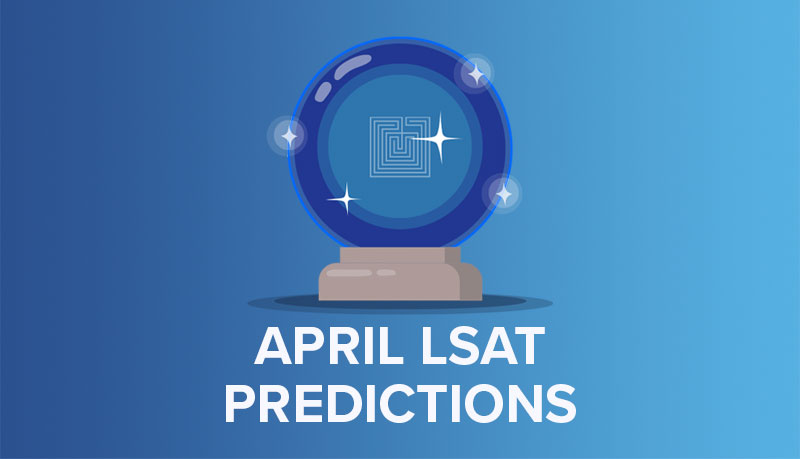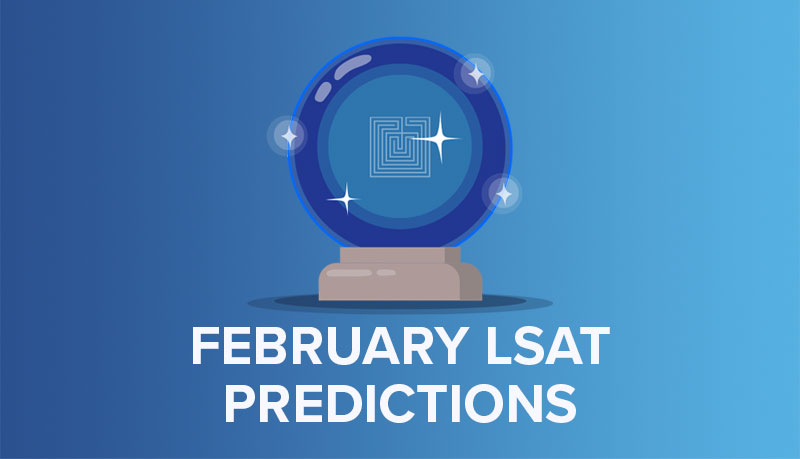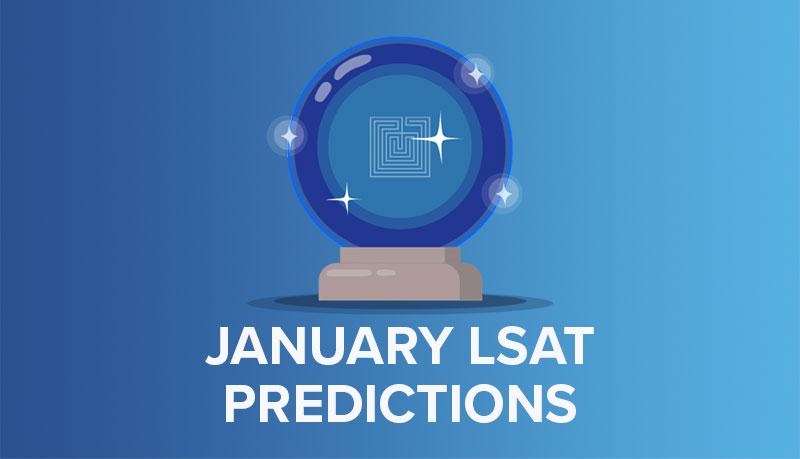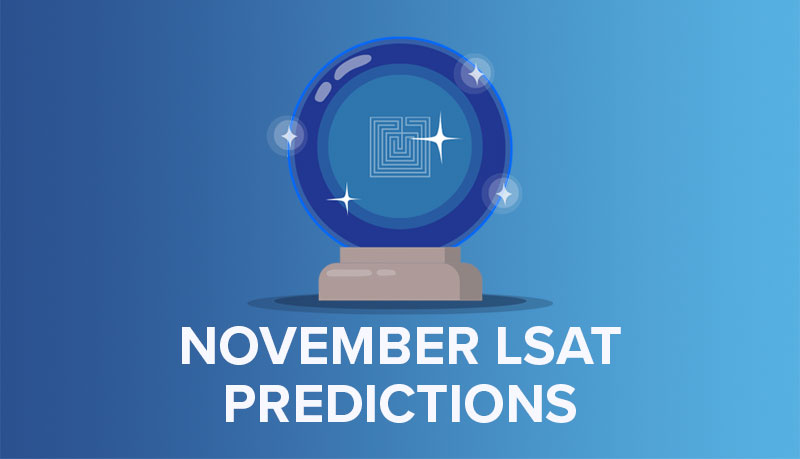We’re finally at the final two LSAT exams of the 2024-2025 testing year! With the April LSAT around the corner, it’s time for some predictions and tips for test day. Let’s see what you can expect this month.
What Will Be on the April LSAT?
Logical Reasoning
Each Logical Reasoning section fits a general pattern of getting harder as the section goes, with questions 1-10 being the lowest, low, or medium difficulty questions. Questions 11-15 are medium and high difficulty. Questions 16 through the end are mostly high or highest difficulty.
The LSAT has consistently thrown in a few slightly easier questions at the very end of the test to reward those who manage time well. So, if you are short on time and run into particularly hard questions, you may want to skip them and come back after you finish the section.
Likewise, while most of the first ten questions tend to be relatively easy, the LSAT does like to throw in one or two tougher questions somewhere in there as curveballs. If you do run into something particularly tough, it’s okay to skip or make an educated guess. Still, that doesn’t mean every question after it will be tougher or take longer. Stay composed and seek out those easier questions.
As the difficulty increases, the LSAT adds extra elements to questions to make them a bit trickier. It could be that the stimulus itself is a bit harder to analyze. However, more often, the LSAT will make right answers look unappealing (by making them convoluted or paraphrasing) and the wrong answers appealing (by having exact elements in answers that match what you’re looking for, but putting in one or two things that make them wrong). Once you hit question 14 or 15, make sure you are not trying to talk yourself into wrong answers and are evaluating each part of the answer.
More LSAT Help
🧠 An Introduction to the LSAT Logical Reasoning Section
📝 If You’re Studying for the LSAT, Memorize This List of Vocabulary Terms
Reading Comprehension
Each Reading Comprehension section for the last 15 or so years has had exactly one comparative passage (those passages with Passage A and Passage B). So, you can confidently expect one of these in each section during the April LSAT. For these types of passages, you will be tested on how the two relate to each other, where they overlap in subject matter and scope, and points of agreement or disagreement. With that in mind, it’s going to be important to keep track of the similarities and differences as you go.
Like Logical Reasoning, each Reading Comprehension section tends to get more difficult as it goes. However, that doesn’t necessarily mean that each passage will be easier than the next. In general, the first passage tends to be one of the two easiest—expect a somewhat more straightforward passage right off the bat.
If you’re prone to overthinking on easier LSAT passages, try to bring yourself back to the main idea and purpose of the passage. On tougher passages, you’ll likely have more comparisons or contrasts to keep track of, so pay particularly close attention to those shifts between different viewpoints or two contrasting aspects of one view or idea. These shifts can give you clear demarcation points where one viewpoint ends and another begins. If the passage asks about just one, you know the part of the passage the support for the answer will come from.
More LSAT Help
Final Thoughts
It’s important to keep in mind that the LSAT tends to be fairly risk averse and doesn’t really want multiple potential right answers on any given question. They want one answer that is objectively supported and four wrong answers that have elements that are indisputably wrong. If you are on the fence about a part of the answer or it seems borderline, focus on the other parts of the answer to see if you can find something more clearly wrong about them. The right answer is often the answer that just doesn’t get anything wrong. A “meh” answer with nothing wrong is better than an otherwise great answer with one or two incorrect elements.
The other thing that’s worth noting is that the LSAT is designed to test your confidence in your anticipation. Answers are designed to gaslight you into thinking something else is true or supported. Part of the value of anticipating what you want to see in answers prior to going into them is that you aren’t letting the answers convince you they are right or talk you into unsupported elements. Rather, you are considering whether each answer is a plausible match for what you are looking for in an answer. If you find a match that doesn’t get anything wrong, that’s the right answer!
Good luck on the April LSAT test day! Each question is only worth one point, so don’t get overly invested in any one question. If you stay positive and proactive in seeking out those low-hanging fruit points, you’ll give yourself a great shot at nailing this test!
Further Reading
🛟 What To Do if Things Go Wrong on LSAT Test Day: Everything will go smoothly on your LSAT test day! But, what if it doesn’t? Find out what your options are!
⏳ How Long is the LSAT? LSAT Test Day Breakdown: LSAT test day looks different for all test takers. If you’re taking it at home, you have to account for setting up your workspace. If you’re testing at a test center, you’ll need to account for travel. Let’s break down each part of your big day.
P.S. Decided to reschedule your April LSAT? Or simply getting familiar with the test before your test date later this year? We can help maximize your prep time!
Schedule a free consultation with our Student Success Team to help you find the best LSAT course to meet your scheduling needs and score goals.




